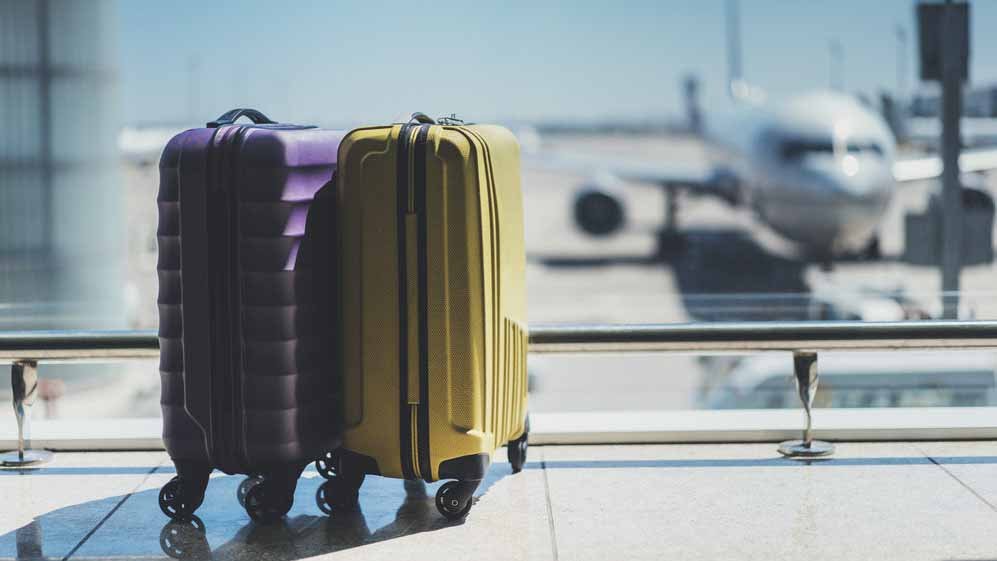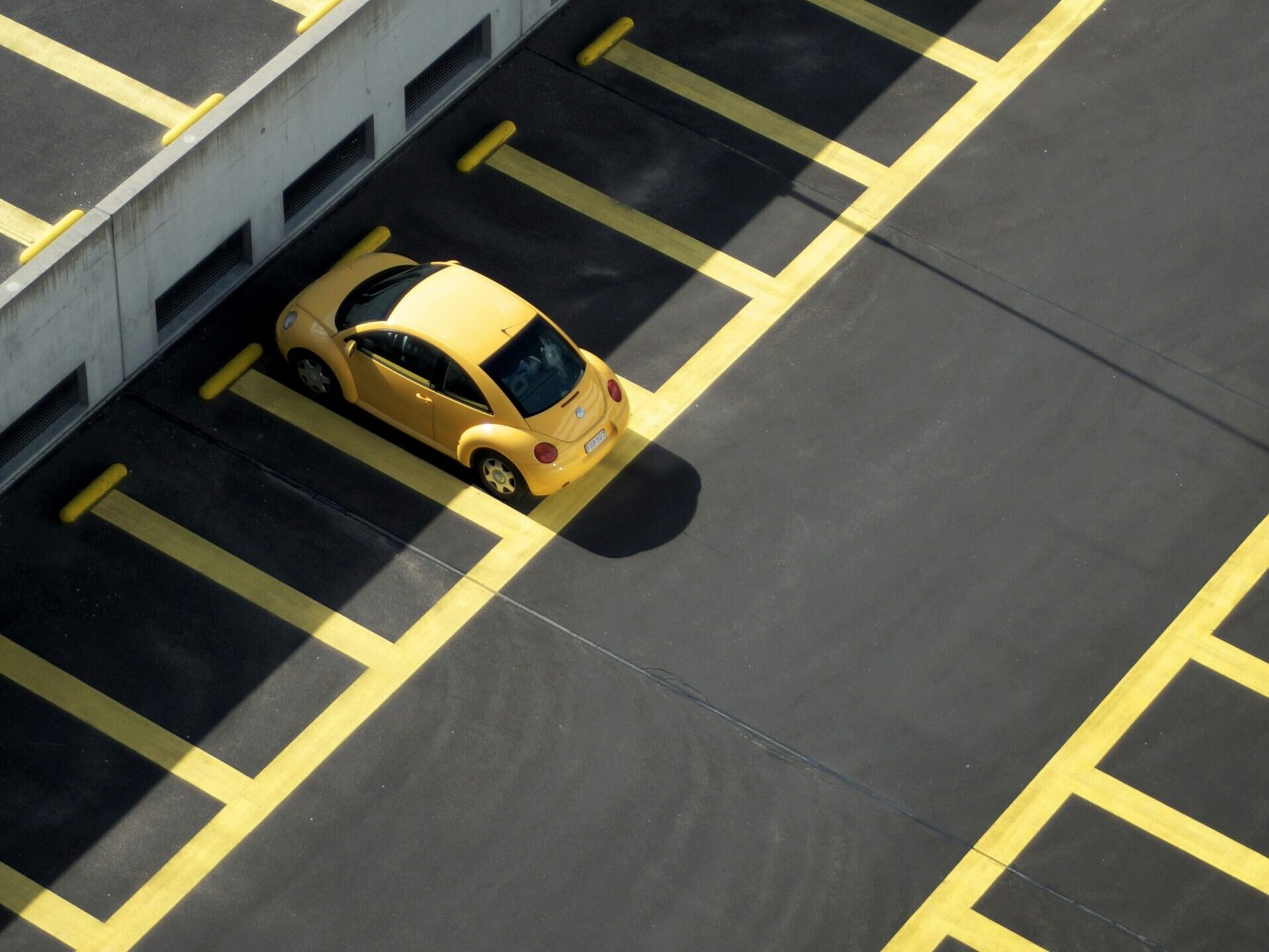At one time or another, every frequent business traveler has had to face the truth: That bag you checked through to Denver somehow wound up in Dubuque.
As you stand in baggage claim confronted with an empty airport luggage carousel, your one wish is to find out where your luggage is.
The good news for travelers and for anyone else who has ever misplaced anything—which is practically all of us—is that there are technology solutions that can reunite owners with their belongings that have gone missing.
Among the most popular are Tile, Apple’s AirTag, and Samsung SmartTag2.

Photo: Apple AirTag. Courtesy of Apple
These Bluetooth-enabled devices network with like devices to send alerts to the individual owner with the location of anything from lost pets to mislaid keys. The tiny discs, which are not much larger than the flat batteries that power them, can be secreted into almost any luggage.
Tile, AirTag, and the Galaxy SmartTag2 all work in much the same way. The tracker is paired with a smartphone, and when it’s within Bluetooth range of the phone (according to the makers, that’s up to 400 feet), the user can locate the tracker on an app.
When the tracker is in an item—say, a piece of luggage—that’s not nearby, it will network via Bluetooth with other similar devices and use location data from those devices to pinpoint the tracker’s location.
So, What’s the Difference?
AirTags are Apple-exclusive, meaning they only work with iPhone technology. That said, any of Apple’s billion or so iPhones or Macs are also part of the network, which greatly increases the likelihood of any individual AirTag making the connection.

Photo: Apple AirTag. Courtesy of Apple
Pairing the tracker with an iPhone is as simple as using the Find My feature pre-installed on iPhones, eliminating the need for additional app downloads.
On the other hand, the SmartTag 2 runs exclusively on Samsung Galaxy smartphones running Android 9.0 or higher. It uses the free SmartThings Find app and the Galaxy Find Network, which means it’s more limited than the Apple network.

Photo: Galaxy SmartTag2. Courtesy of Samsung
Additionally, it doesn’t support Google’s Find My Device network. But it does keep a log of the tag’s whereabouts so you can retrace its journey.
Tile has been around since 2013, with various model enhancements along the way. Thanks to its downloadable app, the technology has the advantage of working with either Apple or Android devices. Tile tags can locate misplaced items within range of the user’s phone—between 100 and 400 feet, depending on which Tile tracker you’re using.
Photo: Tile tracker. Courtesy of Tile.
Beyond that, when your item strays further afield, the Notify When Found option will alert you when any phone with the Tile app is near your Tile. So, although Tile has a large user base, its network, and the Galaxy products are substantially smaller than AirTag’s connection to the Apple universe.
Still, Tile devices have the advantage of not being limited to one operating system or the other. They also come in several different form factors for different applications and at several affordable price points.
Should you track your luggage?
The top ten U.S. airlines handle nearly half a billion pieces of checked luggage annually. Last year, about 3 million bags—or just over half of one percent—were ‘mishandled,’ according to the Department of Transportation’s definition.
In other words, the odds are in your favor that when you check a bag, it will be there for you on the other side. But if you’re unlucky enough to be in the one-half of one percent, the fact that your bag is “not likely” to go missing means little.

It pays to remember, however, that of those bags that are ‘mishandled’ in a typical year, most—about 95 percent—are eventually accounted for; most are delayed or misdirected but reunited with their owners (eventually), usually within three to seven days, according to the FAA. Some fall into the ‘damaged’ category.
Then there’s that one-half of one percent of the one-half of one percent that has gone missing for over 30 days. At that point, your bag has about a 50-50 chance of being returned to you.
With airlines making headlines rolling out substantial increases in bag fees, travelers are finding the idea of checking luggage less and less appealing. The result is more carry-on luggage and more over-stuffed overhead bins.
Still, even carry-ons go missing occasionally, so in any event, using a tracking gadget offers travelers peace of mind and—if things go awry—a better chance of a favorable outcome.





